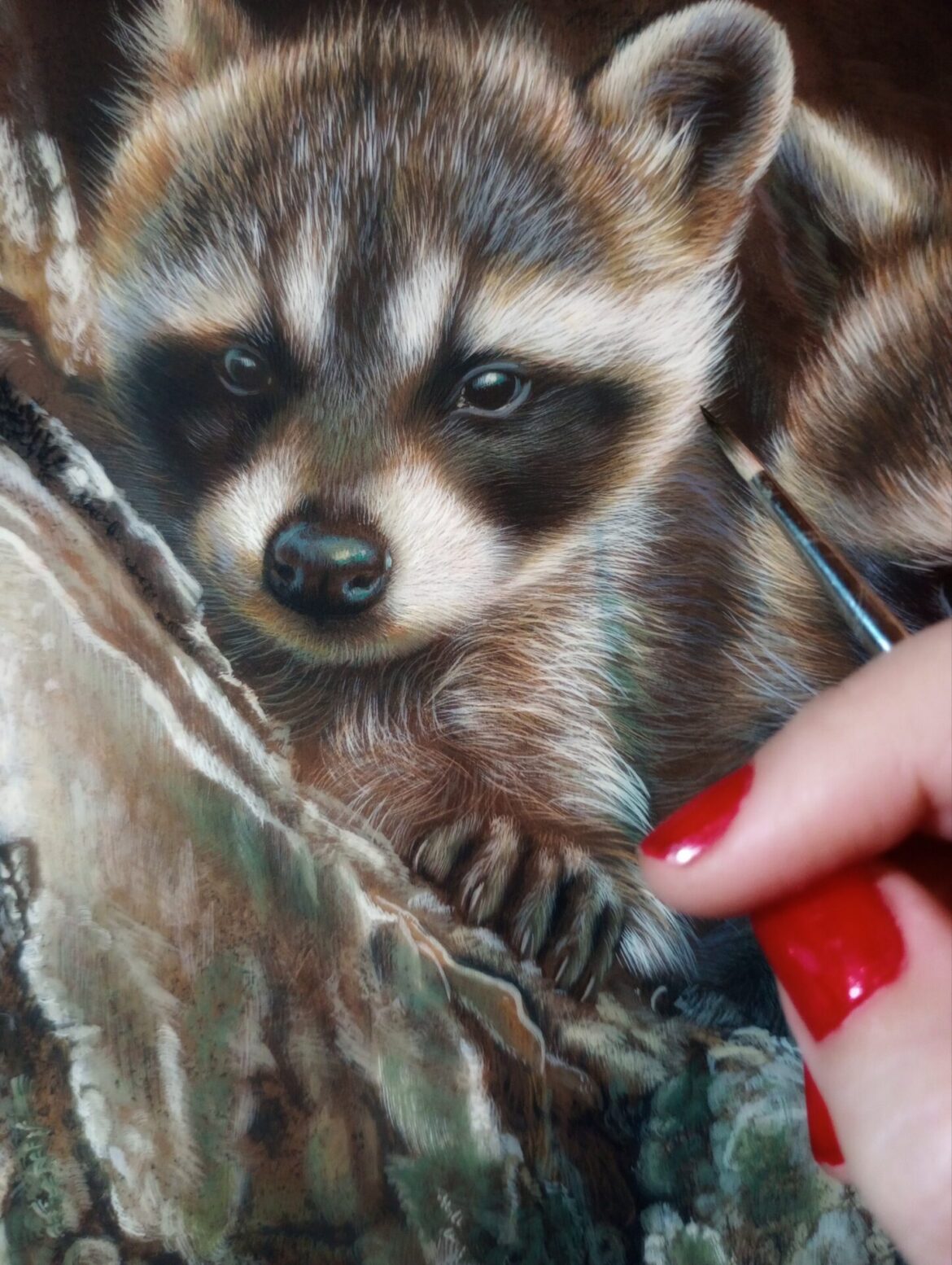Art has long been a bridge between humanity and the natural world, offering a way to observe, interpret, and connect with the landscapes and creatures that surround us. Naturalism in art, with its dedication to accuracy and detail, plays a crucial role in deepening our understanding of wildlife, ecosystems, and the delicate balance of nature.
Why Art Matters in Appreciating Nature
Art allows us to see beyond fleeting moments—it captures the essence of an animal’s movement, the shifting light of a landscape, and the quiet interactions between species. Through careful observation and technique, artists bring attention to details that might otherwise go unnoticed, encouraging viewers to pause and appreciate the intricacies of the natural world.
Naturalistic art, in particular, strives for truth in representation, depicting wildlife and environments with precision while maintaining the emotional depth that connects us to nature. Unlike idealized or abstract interpretations, naturalism embraces the imperfections and raw beauty of the wild, making it a powerful tool for education and conservation awareness.
The Role of Naturalism in Conservation and Education
Many artists use their work to advocate for wildlife protection, illustrating the fragility of ecosystems and the impact of human activity. A painting of a threatened species or a disappearing habitat can serve as a visual call to action, reminding us of the importance of preservation.
Naturalism also plays a role in scientific documentation, helping researchers and conservationists study species through detailed artistic records. Before photography became widely accessible, naturalist painters were essential in cataloging flora and fauna, ensuring that future generations could learn from their observations.
Art as a Personal Connection to Nature
Beyond its educational and conservation value, art fosters a personal connection to the natural world. Whether through painting, sketching, or simply admiring a piece, engaging with nature-inspired art encourages mindfulness and appreciation. It reminds us that we are part of a larger ecosystem—one that deserves respect and protection.
In a world where digital distractions often pull us away from nature, art remains a timeless way to reconnect, reflect, and celebrate the beauty of the wild.
